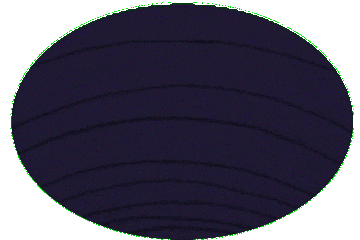Tapestry
Tapestry is a form of textile art which was traditionally woven by hand on a loom. Normally it is used to create images rather than patterns. Tapestry is relatively fragile, and difficult to make, so most historical pieces are intended to hang vertically on a wall (or sometimes in tents), or sometimes horizontally over a piece of furniture such as a table or bed. Some periods made smaller pieces, often long and narrow and used as borders for other textiles. Most weavers use a natural warp thread, such as wool, linen, or cotton. The weft threads are usually wool or cotton but may include silk, gold, silver, or other alternatives. In late medieval Europe, tapestry was the grandest and most expensive medium for figurative images in two dimensions, and despite the rapid rise in importance of painting it retained this position in the eyes of many Renaissance patrons until at least the end of the 16th century, if not beyond. The European tradition continued to develop and reflect wider changes in artistic styles until the French Revolution and Napoleonic Wars, before being revived on a smaller scale in the 19th century. Technically, tapestry is weft-faced weaving, in which all the warp threads are hidden in the completed work, unlike most woven textiles, where both the warp and the weft threads may be visible. In tapestry weaving, weft yarns are typically discontinuous (unlike brocade); the artisan interlaces each coloured weft back and forth in its own small pattern area. It is a plain weft-faced weave having weft threads of different colours worked over portions of the warp to form the design. European tapestries are normally made to be seen only from one side, and often have a plain lining added on the back. However, other traditions, such as Chinese kesi and that of pre-Columbian Peru, make tapestry to be seen from both sides. Tapestry should be distinguished from the different technique of embroidery, although large pieces of embroidery with images are sometimes loosely called "tapestry", as with the famous Bayeux Tapestry, which is in fact embroidered. From the Middle Ages on European tapestries could be very large, with images containing dozens of figures. They were often made in sets, so that a whole room could be hung with them.
This article uses material from the Wikipedia article "Tapestry", which is released under the Creative Commons Attribution-Share-Alike License 3.0.
References
| Title | Summary | |
|---|---|---|
| Anne Murray | ... Dusty In Memphis Carole King's Tapestry K.T. Oslin's ... | |












